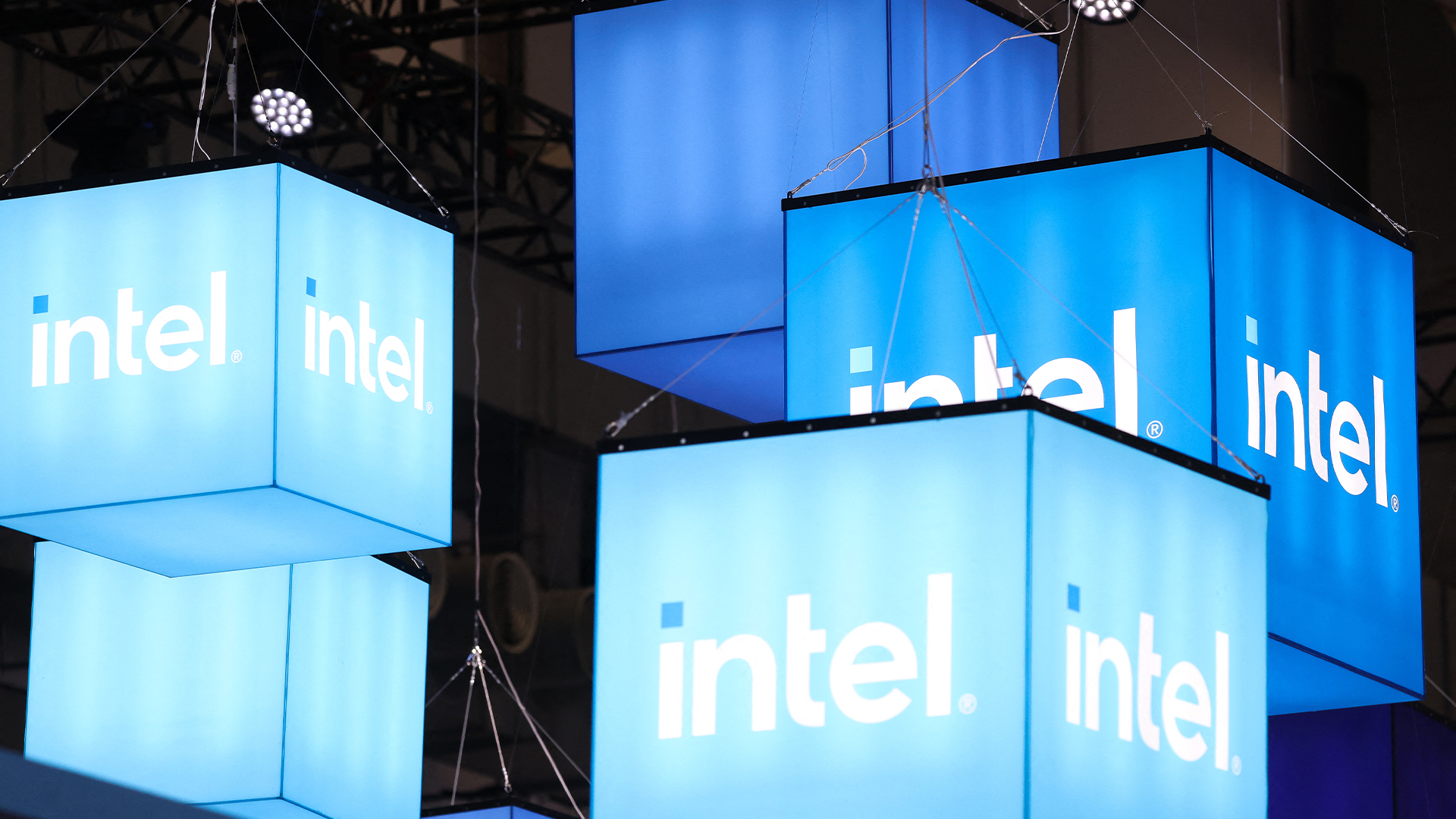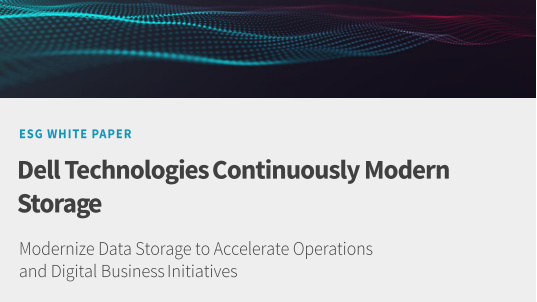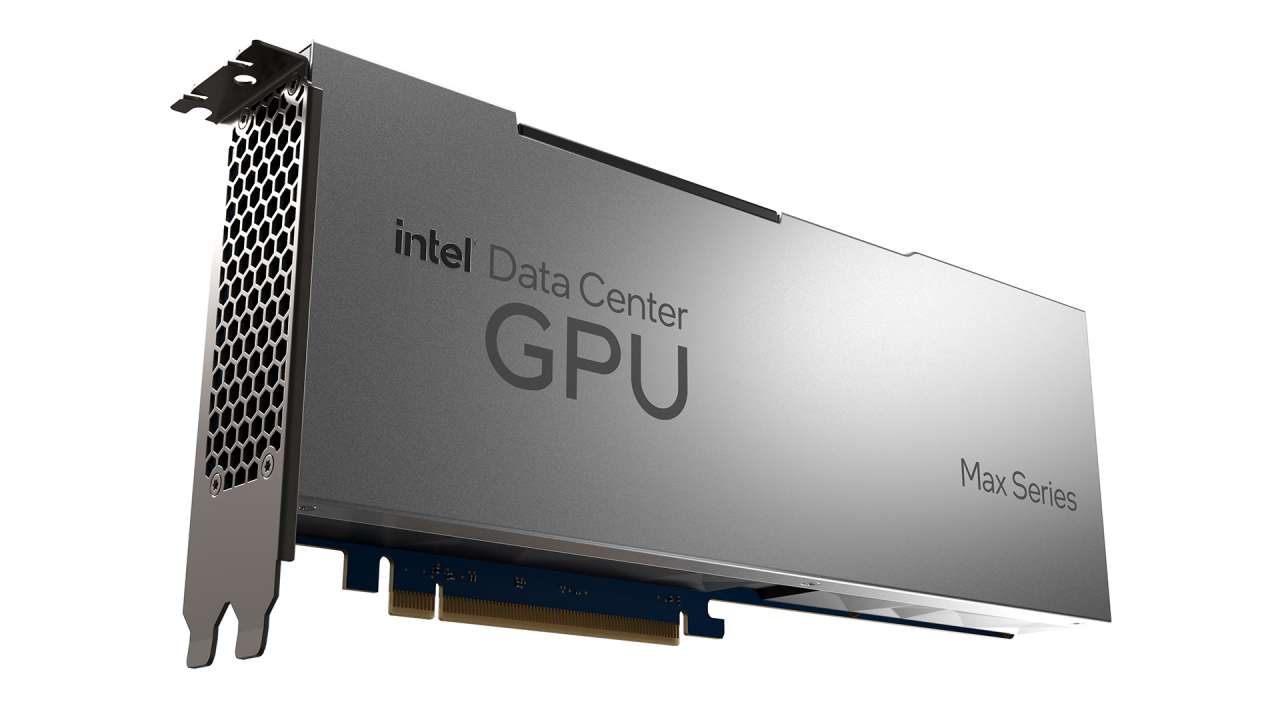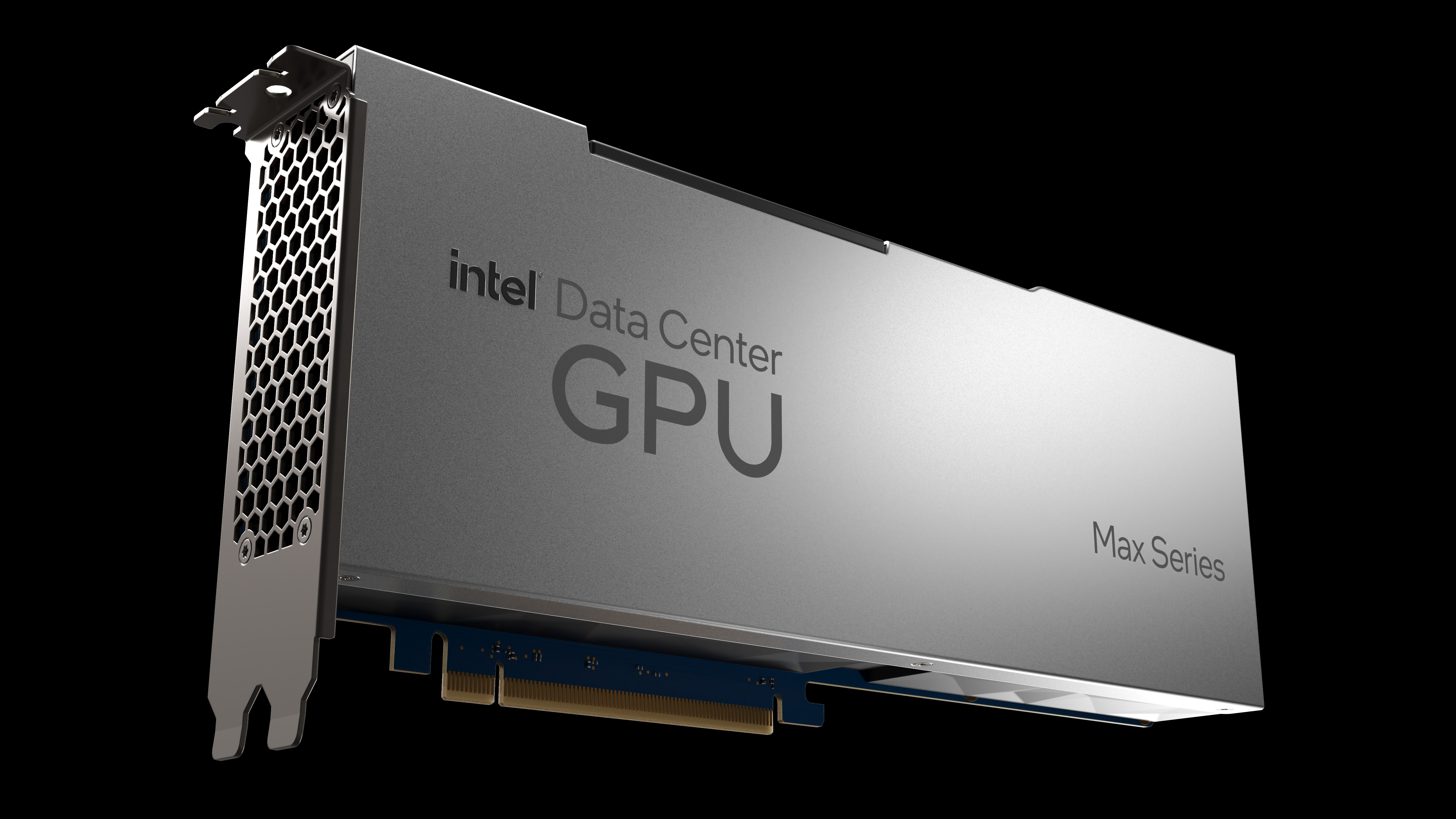Intel Xeon Scalable – for the next-generation data centre
Major architectural changes make this the Xeon tomorrow’s data centre needs

There are big changes afoot in the enterprise data centre. Many organisations are going through a widespread transformation based on online services and data. They're harnessing that data to powerful AI and analytics applications that can turn it into business-changing insights, then rolling out tools and services that put those insights to work. They're looking to migrate key on-premise capabilities to the cloud, and steadily finding the right balance between public and private cloud. They're searching for new ways to deliver strong security at scale and speed. All this demands a new kind of server and network infrastructure, optimised for AI, analytics, massive datasets and more, powered by a new and revolutionary CPU. That's where Intel's Xeon Scalable line comes in.
Intel Xeon Scalable represents arguably the biggest step change in twenty years of Xeon CPUs. Not simply a faster Xeon or a Xeon with more cores, it's a family of processors designed around a synergy between compute, network and storage capabilities, bringing new features and performance enhancements across all three.
While Xeon Scalable offers a 1.6x average performance boost over previous-generation Xeon CPUs, the benefits extend beyond the benchmarks to cover real-world optimisations for analytics, security, AI and image-processing.* There's more power to run complex High-Performance Computing workloads, plus changes designed to speed up your network infrastructure. Where the data centre's concerned, it's a win in every way.
A new architecture
Perhaps the biggest and most obvious change is the replacement of the old, ring-based Xeon architecture, where all the processor's cores connected through a single ring, with a new Mesh architecture. This aligns cores plus associated cache, RAM and I/O, in rows and columns connecting at every intersection, allowing data to move more efficiently from one core to the next.
If you imagine it in terms of a road transport system, the old Xeon architecture was like a high-speed circular, where data moving from one core to another might have to move all the way around the ring. The Mesh is more like a grid of highways, only one that lets traffic flow at maximum speed from point-to-point without congestion. This optimises performance in multi-threaded tasks where different cores might share data and memory, while also ramping up energy efficiency. In the most basic sense, it's an architecture purpose built to move large amounts of data around a processor that might feature up to 28 cores. What's more, it's a structure that scales up more efficiently, whether we're talking multiple processors or new CPUs with even more cores further down the line.
New Instructions
If the Mesh architecture is about moving data around more efficiently, then the new AVX-512 instructions are about optimising how it's processed. Building on the work Intel started with its first SIMD extensions back in 1996, AVX-512 allows even more data elements to be processed simultaneously than with the last-generation AVX2, doubling the width of each register and adding two more to enhance performance. AVX-512 enables twice the number of floating-point operations per second per clock cycle, and can process double the number of data elements that AVX2 could in the same clock cycle. It's a genuinely massive speed boost.
Better still, these new instructions are designed specifically to accelerate performance in complex, data-intensive workloads such as scientific simulation, financial analysis, deep learning, image, audio and video processing and cryptography. This helps a Xeon Scalable processor handle HPC tasks over 1.6x faster than the previous-generation equivalent or speeds up AI and deep learning operations by 2.2x.*
AVX-512 also helps with storage, accelerating key functions like deduplication, encryption, compression and decompression so that you can make more efficient use of your resources and strengthen the security of on-premise and private cloud services.
New Accelerators
In this respect, AVX-512 works hand-in-hand with Intel QuickAssist Technology (Intel QAT). QAT enables hardware acceleration for cryptography, authentication and data compression and decompression, increasing the performance and efficiency of processes that place heavy demands on today's network infrastructure and that will only grow more demanding as you roll out more digital services and tools.
Used in conjunction with software defined-infrastructure (SDI) QAT can help you recapture the lost CPU cycles spent on security, compression and decompression tasks, so that they're available for compute-intensive tasks that bring real value to the business. And because a QAT-enabled CPU can handle high-rate compression and decompression, almost free, your applications can work with compressed data. Not only does this have a smaller storage footprint, but takes less time to transfer from one application or system to another.
A new platform
Intel Xeon Scalable CPUs integrate with Intel's C620 series chipsets to create a platform for balanced, system-wide performance. Intel Ethernet with iWARP RDMA connectivity comes built-in, delivering low-latency, 4x10GbE communications. The platform delivers 48 lanes of PCIe 3.0 connectivity per CPU, with 6 channels of DDR4 RAM per CPU supporting capacities of up to 768GB to 1.5TB per CPU and speeds of up to 2666MHz.
Storage gets the same generous treatment. There's scope for up to 14 SATA3 drives and 10 USB3.1 ports, not to mention virtual NMMe RAID control built into the CPU. Support for next-generation Intel Optane technology boosts storage performance even further, with dramatic positive effects for in-memory database and analytics workloads. And with Intel Xeon Scalable, support for Intel's Omni-Path fabric comes built-in without any need for a discrete interface card. As a result, Xeon Scalable processors come ready for high-bandwidth, low-latency applications on HPC clusters.
READ MORE: IT Pro's Intel Optane deep dive
A new performance benchmark
With Xeon Scalable, Intel has delivered a line of processors that cover next-generation data centre needs, but what does all this technology mean in practice? For starters, servers that can handle bigger analytics workloads at higher speeds, pulling insight faster from larger datasets. Intel Xeon Scalable also has the compute and storage capabilities for cutting-edge deep-learning and machine-learning applications, enabling systems to train in hours, not days, or infer' the meaning of new data with increased speed and accuracy while processing images, speech or text.
The potential for in-memory database and analytics applications, like SAP HANA, is enormous, with up to 1.59x higher performance when running in-memory workloads over the last-generation Xeon.* When your business relies on pulling insights from vast datasets with real-time sources, that might be enough to give you a competitive edge.
Xeon Scalable has the performance and system and memory bandwidth to host bigger and more complex HPC applications, finding solutions for more complex business, scientific and engineering problems. It can deliver faster, higher-quality video transcoding while streaming video to more clients. Yet it's in the nuts and bolts of the datacentre that some of the most exciting optimisations and efficiencies are to be found. Xeon Scalable can deliver faster, smoother-running communications networks, so that enterprises can build more effective and scalable software-defined infrastructure using fewer but more powerful machines.
A ramp-up in virtualization capacity could allow organisations to run four times as many virtual machines on a Xeon Scalable server than on a last-generation system.* And with near-zero overhead for compression, decompression and encryption of data at rest, companies can use their storage more effectively, while strengthening security at the same time. This isn't just about the benchmarks; it's about technology that transforms the way your datacentre works and, in doing so, your business too.
Is your business ready for IT Transformation? Discover more from Intel here.
* Intel technolgies' features and benefits depend on system configuration and may require enabled hardware, software or service activation. Performance varies depending on system configuration. No computer system can be absolutely secure. Check your system manufacturer or retailer or learn more at intel.com
Software and workloads used in performance tests may have been optimised for performance only on Intel microprocessors. Performance tests, such as SYSmark and MobileMark, are measured using specific computer systems, components, software, operations and functions. Any change to any of those factors may cause the results to vary. You should consult other information and performance tests to assist you in fully evaluating your contemplated purchases, including the performance of that product when combined with other products. For more complete information visit intel.com/benchmarks
All information provided here is subject to change without notice. Contact your Intel representative to obtain the latest Intel product specifications and roadmaps.
Sign up today and you will receive a free copy of our Future Focus 2025 report - the leading guidance on AI, cybersecurity and other IT challenges as per 700+ senior executives
ITPro is a global business technology website providing the latest news, analysis, and business insight for IT decision-makers. Whether it's cyber security, cloud computing, IT infrastructure, or business strategy, we aim to equip leaders with the data they need to make informed IT investments.
For regular updates delivered to your inbox and social feeds, be sure to sign up to our daily newsletter and follow on us LinkedIn and Twitter.
-
 Trump's AI executive order could leave US in a 'regulatory vacuum'
Trump's AI executive order could leave US in a 'regulatory vacuum'News Citing a "patchwork of 50 different regulatory regimes" and "ideological bias", President Trump wants rules to be set at a federal level
-
 TPUs: Google's home advantage
TPUs: Google's home advantageITPro Podcast How does TPU v7 stack up against Nvidia's latest chips – and can Google scale AI using only its own supply?
-
 Accelerating business modernization
Accelerating business modernizationModernizing your infrastructure with the right servers can accelerate business transformation, enhance security, and future-proof your organization for tomorrow’s challenges
-
 Intel layoffs to hit 15,000 roles as falling revenue and poor returns on AI bite
Intel layoffs to hit 15,000 roles as falling revenue and poor returns on AI biteNews CEO Pat Gelsinger announced news of the Intel layoffs following a recent earnings call
-
 Sustainable business starts with sustainable IT infrastructure
Sustainable business starts with sustainable IT infrastructureWhitepaper Reduce energy consumption without sacrificing performance with Intel and CDW
-
 Winning the data-centric digital business in this decade
Winning the data-centric digital business in this decadeWhitepaper Discover more about Dell’s adaptive, secure, and resilient portfolio for the digital business and win in this data-centric era
-
 Intel and Dell secure deal to build a digital twin of a UK fusion power plant
Intel and Dell secure deal to build a digital twin of a UK fusion power plantNews The simulation will be critical for meeting the ambitious goal of delivering fusion energy to the UK’s energy network in the 2040s
-
 Continuously modernize storage
Continuously modernize storageWhitepaper Modernize data storage to accelerate operations and digital business initiatives
-
 Intel pitches new 4th Gen Xeon chips as its "most sustainable" data centre processors
Intel pitches new 4th Gen Xeon chips as its "most sustainable" data centre processorsNews The chip giant suggested the launch of the 4th Gen Sapphire Rapids processors marks a turnaround in its recent history
-
 Intel unveils Max Series chip family designed for high performance computing
Intel unveils Max Series chip family designed for high performance computingNews The chip company claims its new CPU offers 4.8x better performance on HPC workloads

